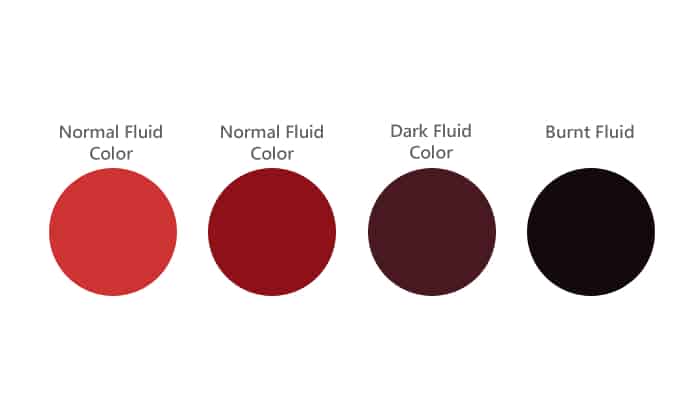2006 Mazda 3 Transmission Fluid Capacity: Keep Your Ride Smooth
When it comes to maintaining your 2006 Mazda 3, one crucial aspect is ensuring that the transmission fluid is at the right level. The transmission fluid plays a vital role in keeping your ride smooth and ensuring the longevity of your vehicle’s transmission system. In this article, we will discuss the transmission fluid capacity for the 2006 Mazda 3, so you can keep your car running like a well-oiled machine.
Transmission Fluid Capacity and Type
| Popular posts |
|---|
| What to do to prolong the life of your manual gearbox |
| Automatic transmission: what it is, how it works |
Before we dive into the specifics, let’s take a look at the transmission fluid capacity for the 2006 Mazda 3. The table below provides the fluid capacity in both quarts and liters:
| Transmission Fluid Capacity | Quarts | Liters |
|---|---|---|
| Manual Transmission (2.0L Engine) | 2.65 | 2.5 |
| Manual Transmission (2.3L Engine) | 2.65 | 2.5 |
| Automatic Transmission (2.0L Engine) | 8.5 | 8.0 |
| Automatic Transmission (2.3L Engine) | 8.5 | 8.0 |
Now that you know the transmission fluid capacity for your 2006 Mazda 3, let’s discuss why it’s essential to keep it at the right level.
Why Transmission Fluid Matters
Transmission fluid is not just another fluid in your vehicle; it plays a critical role in ensuring smooth gear shifts and preventing excessive wear and tear on the transmission system. Here’s why it matters:
- Heat Dissipation: Transmission fluid helps in dissipating heat generated by the transmission system, preventing overheating and potential damage.
- Lubrication: It provides lubrication to the various moving parts within the transmission, reducing friction and wear.
- Seal Protection: The fluid helps maintain proper seal function, preventing leaks that can lead to costly repairs.
- Contaminant Removal: Transmission fluid also acts as a cleaning agent, removing debris and contaminants that can accumulate over time.
Now that you understand the importance of transmission fluid, let’s discuss how to check and add fluid to your 2006 Mazda 3.
Checking and Adding Transmission Fluid
Checking and adding transmission fluid to your 2006 Mazda 3 is a relatively straightforward process. Here are the steps you need to follow:
- Start by parking your vehicle on a level surface and engaging the parking brake.
- Locate the transmission fluid dipstick, which is usually labeled and located near the engine bay.
- With the engine warmed up and running, carefully remove the dipstick and wipe it clean with a lint-free cloth or paper towel.
- Reinsert the dipstick fully and then remove it again to check the fluid level. Ensure that the fluid reaches the “Full” or “Max” mark on the dipstick. If it’s below the recommended level, you’ll need to add fluid.
- To add fluid, locate the transmission fluid fill port, which is typically located on top of the transmission. Use a funnel to pour the recommended fluid slowly into the port. Be cautious not to overfill.
- Recheck the fluid level using the dipstick, and repeat the process until the fluid reaches the appropriate level.
- Once you’re satisfied with the fluid level, securely reinsert the dipstick and close the hood.
Remember, it’s crucial to use the recommended type of transmission fluid for your 2006 Mazda 3. Consult your owner’s manual or contact a Mazda dealership to ensure you’re using the right fluid for your specific model.
Conclusion
Now that you know the transmission fluid capacity for your 2006 Mazda 3, you can keep your ride smooth and ensure the longevity of your transmission system. Regularly checking and maintaining the proper fluid level is a simple yet essential step in keeping your car running at its best. So, don’t overlook this crucial aspect of maintenance and enjoy a smooth driving experience for years to come.
What Color Should Transmission Fluid Be?


